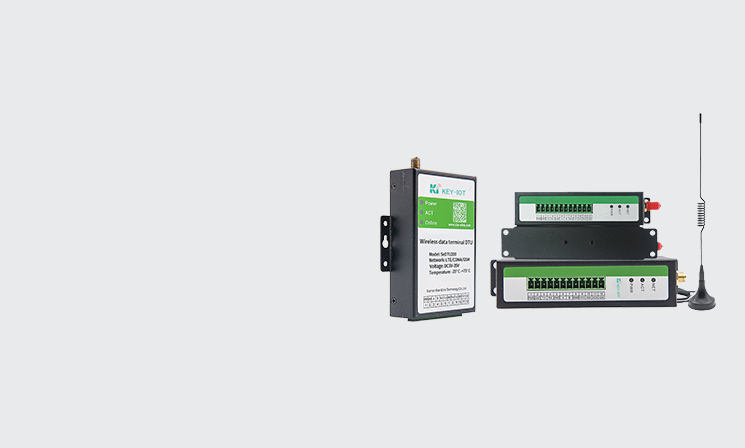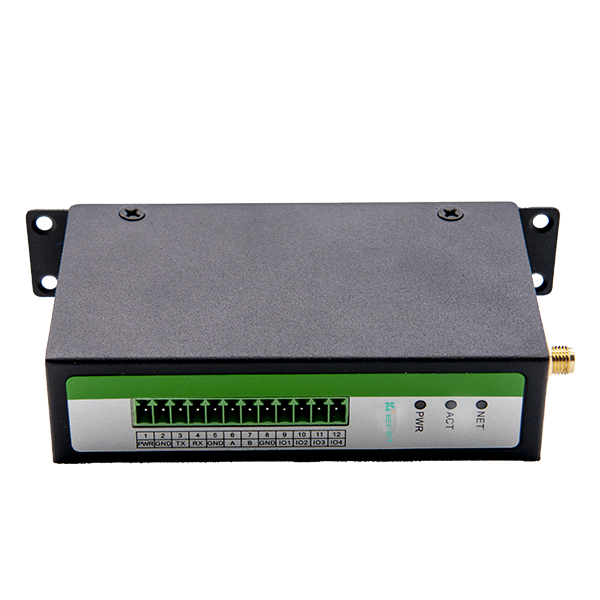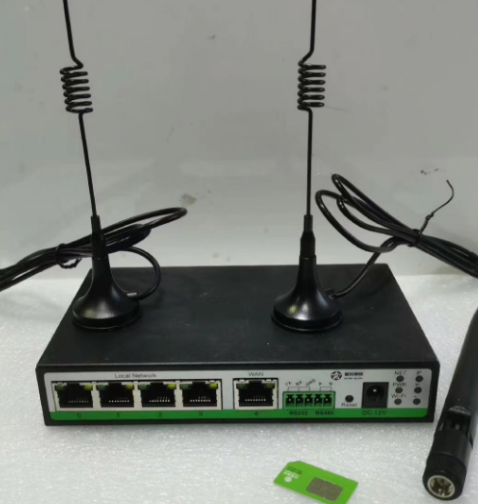As a KEY-IOT technical expert, I know that selecting the right LTE modem is crucial for ensuring reliable and efficient wireless communication in industrial applications. With so many options on the market, it can be challenging to determine which one best fits your specific needs. In this article, I’ll share some key factors to consider when choosing an LTE modem for your industrial application.
▍Understand Your Application Requirements
Before selecting an LTE modem, it’s essential to have a clear understanding of your application’s requirements. Consider factors such as data throughput, latency, power consumption, operating temperature range, and the level of durability needed. For example, if your application involves real-time data transmission or remote control, you’ll need a modem with low latency and fast data speeds. If your device will be deployed in harsh environments, look for a modem with a wide operating temperature range and rugged enclosure.

▍Check Network Compatibility
Ensure that the LTE modem you choose is compatible with the cellular network you plan to use. Different regions and carriers use different frequency bands and network technologies. Some common LTE bands include Band 1 (2100 MHz), Band 3 (1800 MHz), Band 7 (2600 MHz), and Band 8 (900 MHz). Check with your cellular provider to determine which bands are supported in your area, and select a modem that supports those frequencies.
▍Consider Data Throughput and Latency
Data throughput and latency are critical factors in many industrial applications. If your application requires high-speed data transfer or real-time communication, look for a modem that supports advanced LTE technologies like Carrier Aggregation (CA) and Multiple Input Multiple Output (MIMO). These technologies can significantly boost data speeds and reduce latency. However, keep in mind that higher data speeds often come with increased power consumption and cost.
▍Evaluate Power Consumption
Power consumption is another important consideration, especially for battery-powered or solar-powered devices. Look for an LTE modem with low power consumption and advanced power-saving features like sleep mode and wake-on-demand. Some modems also support dynamic power management, which can adjust power consumption based on network conditions and data traffic.
▍Look for Robust Security Features
Security is paramount in industrial applications, as cyber threats can lead to data breaches, system failures, and even physical damage. When selecting an LTE modem, look for one with robust security features like secure boot, encrypted data storage, and virtual private network (VPN) support. Some modems also offer advanced features like intrusion detection and prevention, which can help protect against cyber attacks.
▍Consider Ease of Integration and Management
Finally, consider the ease of integration and management when selecting an LTE modem. Look for a modem with a well-documented API and SDK, which can simplify integration with your existing systems and applications. Some modems also offer remote management capabilities, allowing you to monitor and configure the device remotely via a web-based interface or mobile app.
In conclusion, choosing the right LTE modem for your industrial application requires careful consideration of your specific requirements, network compatibility, data throughput and latency, power consumption, security features, and ease of integration and management. By taking the time to evaluate these factors, you can select an LTE modem that meets your needs and ensures reliable and efficient wireless communication for your industrial application.
 KEY-IOT
KEY-IOT



